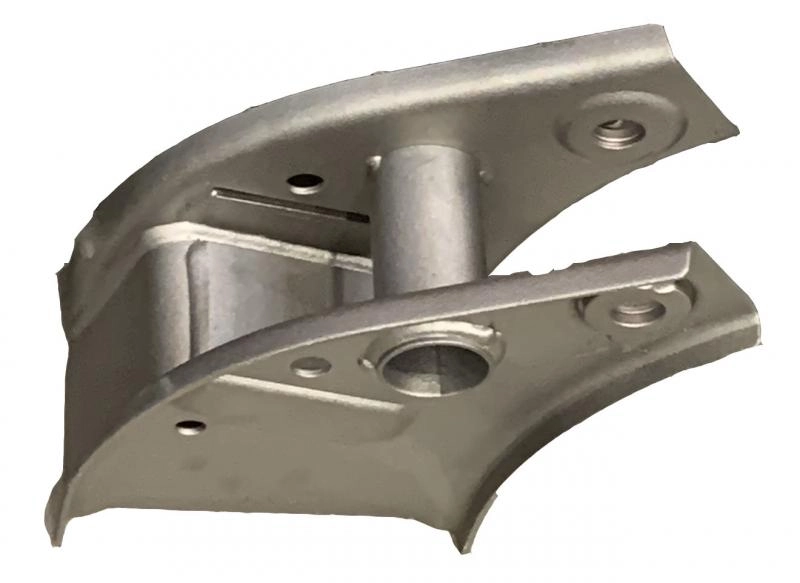- This topic is empty.
-
AuthorPosts
-
May 17, 2024 at 4:22 pm #78793
In the design and manufacturing of trucks, the suspension system plays a crucial role, affecting not only the vehicle's load capacity but also directly related to driving stability and comfort. The suspension system is composed of multiple precision components, and their manufacturing process involves a series of complex procedures, including rolling, sheet metal, welding, stamping, and forming. This article will delve into the application and importance of these processes in the manufacturing of truck suspension system components.

1. Rolling Process
Rolling is a metal forming process that gradually changes the geometric shape of metal through one or more pairs of rotating rolls. In the suspension system, the rolling process is commonly used to manufacture components such as bearing seats and axle tubes. The advantage of this process is that it can increase the density and strength of the material while reducing internal stress, thereby enhancing the durability of the components.
2. Sheet Metal Process
Sheet metal processes are primarily used in the suspension system for manufacturing various complex-shaped metal plates, such as control arms and support plates. Through cutting, bending, and stretching operations, sheet metal processes can shape thin metal sheets into the required shapes and sizes. Modern sheet metal processes also include laser cutting and CNC bending, which can improve processing accuracy and production efficiency.
3. Welding Process
Welding is a common method for connecting metal components and is particularly crucial in the manufacturing of the suspension system. By melting the metal and allowing it to form a solid connection after cooling, the welding process can create structurally complex components, such as the links of a multi-link suspension. Modern welding technologies, such as gas shielded welding and laser welding, provide higher welding quality and a lower heat-affected zone.
4. Stamping Process
The stamping process shapes metal sheets using dies and a press, making it an effective method for manufacturing some thin-walled components in the suspension system. For example, certain brackets and connection plates in the suspension system can be quickly and efficiently produced through the stamping process. The advantage of stamping is its ability to mass-produce components with consistent shapes while maintaining low costs.
5. Forming Process
Forming processes, such as hydroforming and three-dimensional roll forming, allow suspension components to achieve complex three-dimensional shapes without damaging the internal structure of the material. This process is particularly suitable for manufacturing complex curved and cross-sectional components in the suspension system, such as transverse and longitudinal arms. Forming processes can enhance the load-bearing capacity and bending resistance of the components.
6. Surface Treatment
Surface treatment of suspension components is an important part of the manufacturing process. Hot-dip galvanizing or powder coating treatments can provide additional corrosion resistance, extending the service life of the components. In addition, surface treatment can also improve the appearance of the components and enhance their protection in harsh environments.
7. Quality Control
Throughout the manufacturing process, quality control is key to ensuring that the performance of the suspension components meets the design requirements. Strict quality testing, such as non-destructive testing, dimensional accuracy testing, and material property testing, can promptly identify and correct defects in production.
8. Customized Production
According to specific customer requirements, suspension components can be produced on a customized basis. This includes adjusting the design and material selection of the components based on the vehicle's load, driving environment, and expected lifespan.
The manufacturing of truck suspension system components is a complex process involving multiple process flows. From rolling, sheet metal, welding, stamping to forming, each step has a direct impact on the performance of the final product. By adopting advanced manufacturing processes and strict quality control, it is possible to produce economical and reliable suspension components, thereby enhancing the overall performance and market competitiveness of the truck. With the continuous advancement of manufacturing technology, future suspension system components will be more lightweight, high-performance, and have minimal environmental impact.
-
AuthorPosts
- You must be logged in to reply to this topic.